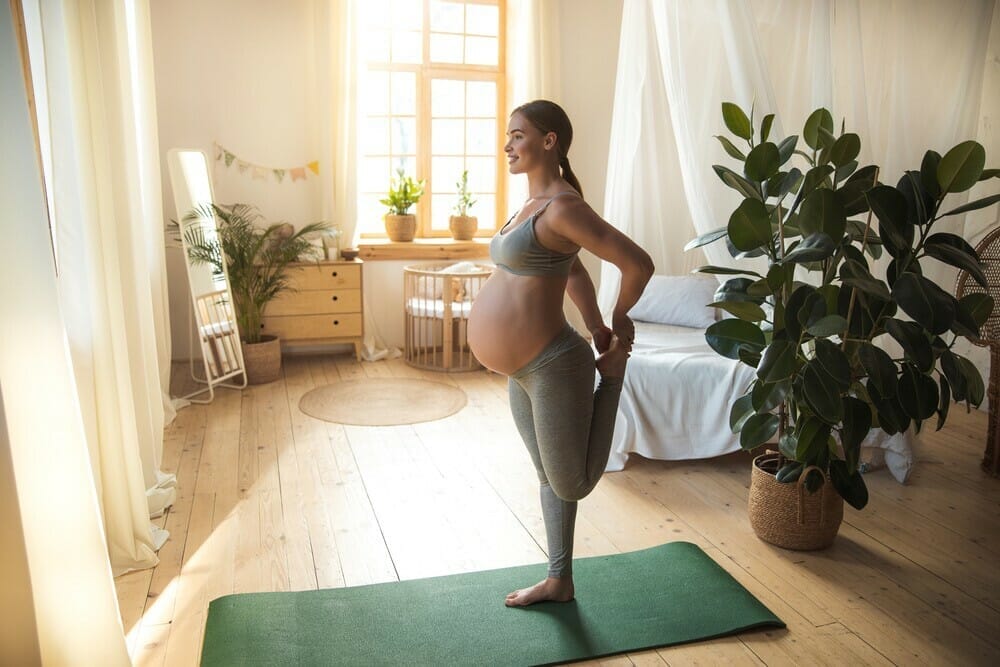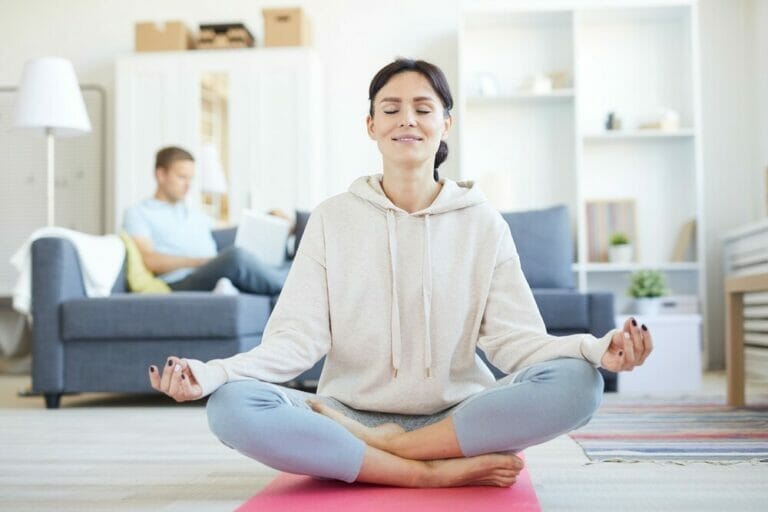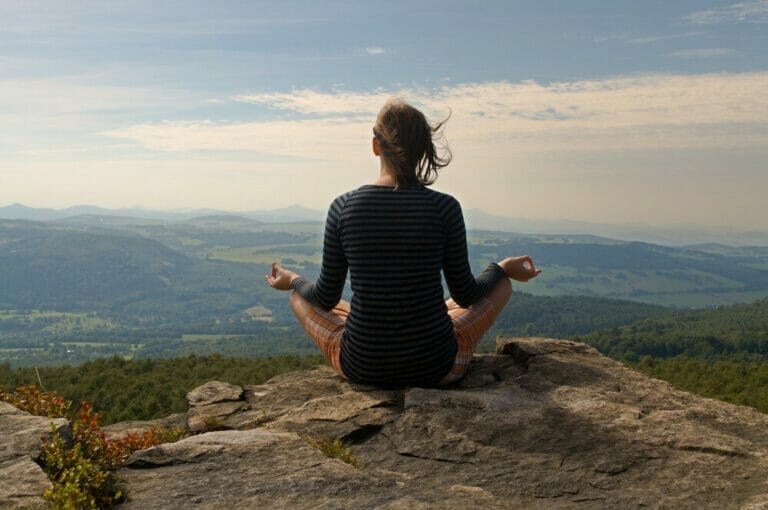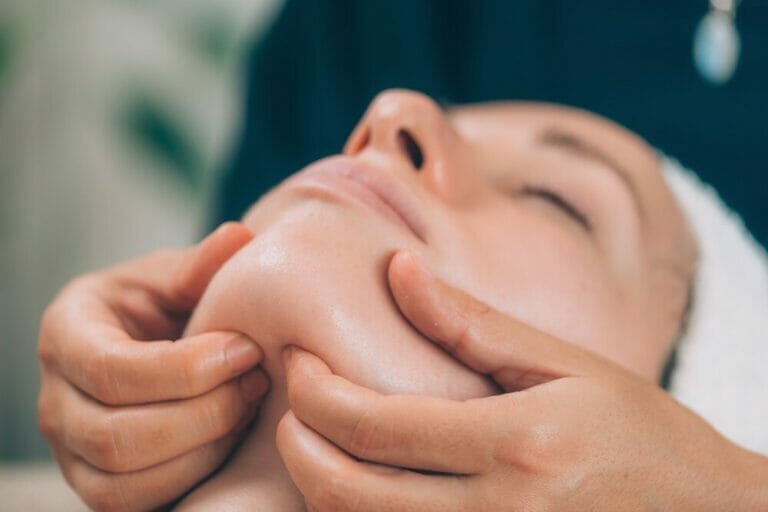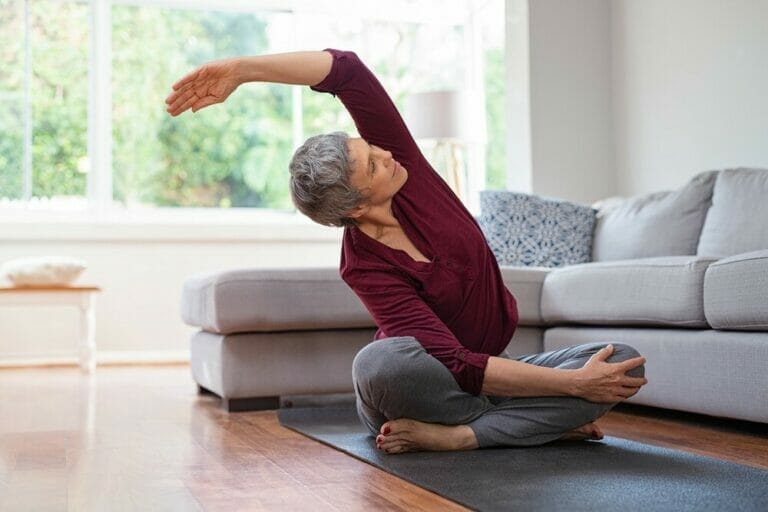Yoga Poses To Know If You Are Second – Trimester Prenatal
As your pregnancy progresses into the second trimester, you’ll be able to breathe a sigh of relief. After going through the first trimester of pregnancy, this is the golden phase!
Most pregnant women are very comfortable by this point, as morning sickness has subsided somewhat and the belly has begun to reveal the existence of a developing life inside it.
It is one of the most significant times to start prenatal yoga if you haven't already. Yoga for a 6-month pregnant woman will help you regain the energy you've lost throughout the first few months of your pregnancy and prepare you for the rest of your trip.
Let us look at the yoga poses that will add a little more balance to your life. There are many choices on the Internet for the best prenatal yoga poses, but I have chosen a few of my personal favourites.
Kantha and Skandha Sanchalana (Gentle Neck and Shoulder Rolls)
With calm, soft breaths, roll your head back and forth, right and left, and in circles clockwise and counterclockwise. Similarly, spin your shoulder blades clockwise and counterclockwise, back and forth, up and down.
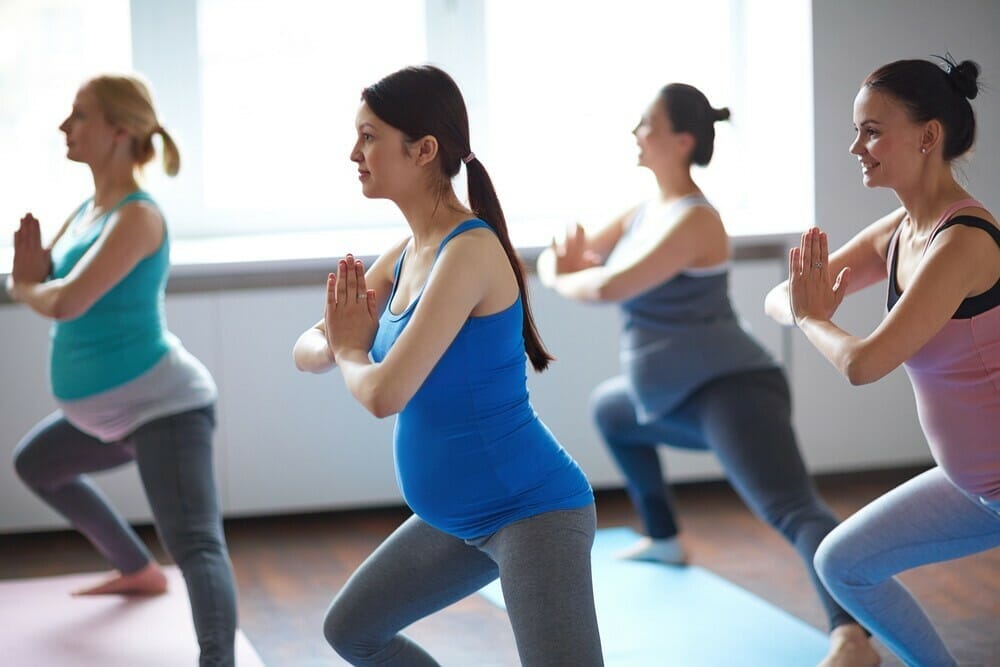
Benefits
Do this with gentle and easy breaths to relieve stress in the head, neck, and shoulder area.
Poorna Titaliasana or Baddha Konasana (Full Butterfly)
Sit with your legs extended out. Bring your feet together while bending your knees and keeping your heels as near your torso as possible.
Relax your inner thighs completely. Both hands should be on their feet. Bounce your knees up and down gently, using your elbows as levers to push your legs down. Use no force at all. A rep for a total of 20-30 times. Relax by straightening your legs.
Benefits
The half and full butterfly poses are great for loosening up hips and increasing blood circulation in the pelvis, as well as helping a woman get acclimated to the sensation of opening up. They also aid in the relief of tension and fatigue in all leg muscles.
Vajrasana (Thunderbolt or Hero’s Pose)
Kneel on the ground. Separate your heels and bring your big toes together. Contact your heels to the side of your hips, lowering your buttocks onto the inside surface of your feet. Place your hands on your knees. Straighten your back and head, but don’t tighten up.
Benefits
It will strengthen your thigh muscles. It improves digestive processes and can be done right after a meal.
Relieves stomach problems such as acid reflux, which is a common problem among pregnant women. In addition, it assists mothers during childbirth.
Marjariasana (Cat Stretch Pose)
Come to your palms and knees, shoulder-width apart below your shoulders and hip-width apart below your hips.
Inhale while gradually arching your spine towards the floor and lifting your head. Next, exhale and slowly arch your spine upward, bringing your chin to your chest—rep 5–10 times more. Take caution not to overwork yourself.
Benefits
This pose promotes neck, shoulder, and spine flexibility while also toning the female reproductive system. During the first six months, it is safe to practice.
Paschimottanasana (Seated Forward Bend)
Sit tall, with your legs extended and toes flexed inwards. Separate the legs if required to prevent putting pressure on the stomach. Stretch up while inhaling and lifting both arms above your head.
Exhale and lean forward a little from the hips, but not completely. Maintain a straight spine and move toward your toes rather than your knees.
Place your hands on your legs, extending as far as they will go. Extend your arms in front of you. Return to a sitting position by inhaling. Lower your arms as you exhale.
Benefits
It stretches your lower back, massages the abdominal organs, and tones the shoulders.
Adho Mukha Svanasana (Downward-Facing Dog)
Get down on all fours. Take a deep breath out and raise your hips high. Form an inverted V-shape with your body by straightening your knees and elbows.
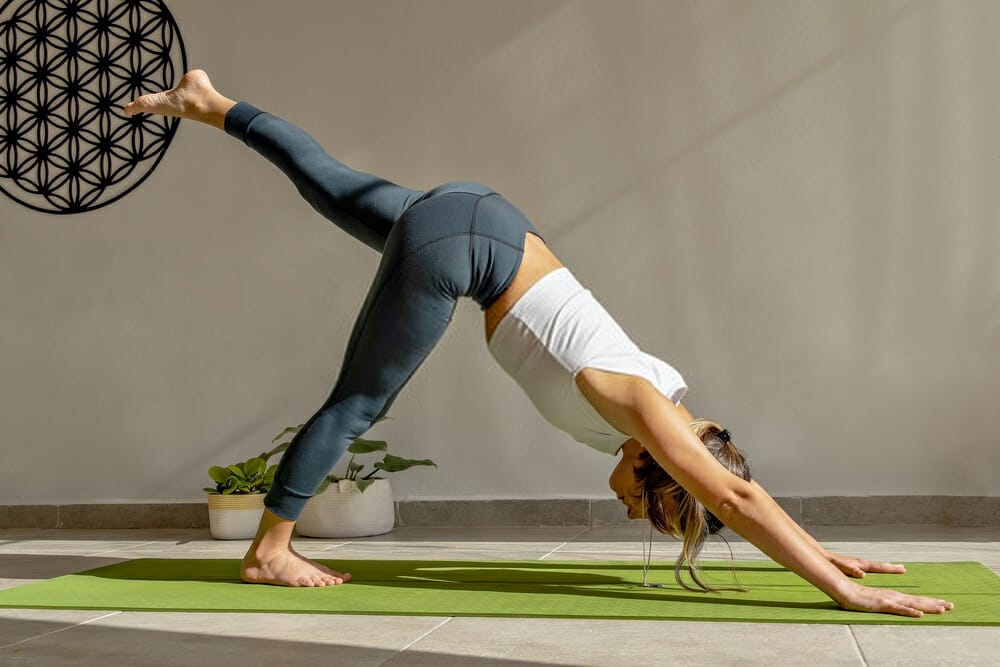
Your hands should be shoulder-width apart, and your feet should be parallel to each other and hip-width apart.
Maintain a slight bend in your knees. Hold. Take a few deep breaths. Exhale. Return to table posture by bending the knees. Relax into a childlike position.
Benefits
It helps with digestion, breathing, and mental clarity. It also strengthens your legs.
Balasana (Child’s Pose)
Return to Vajrasana, keeping your knees and thighs apart, and bend forward softly, putting your forehead on the floor or the cushion in front of you.
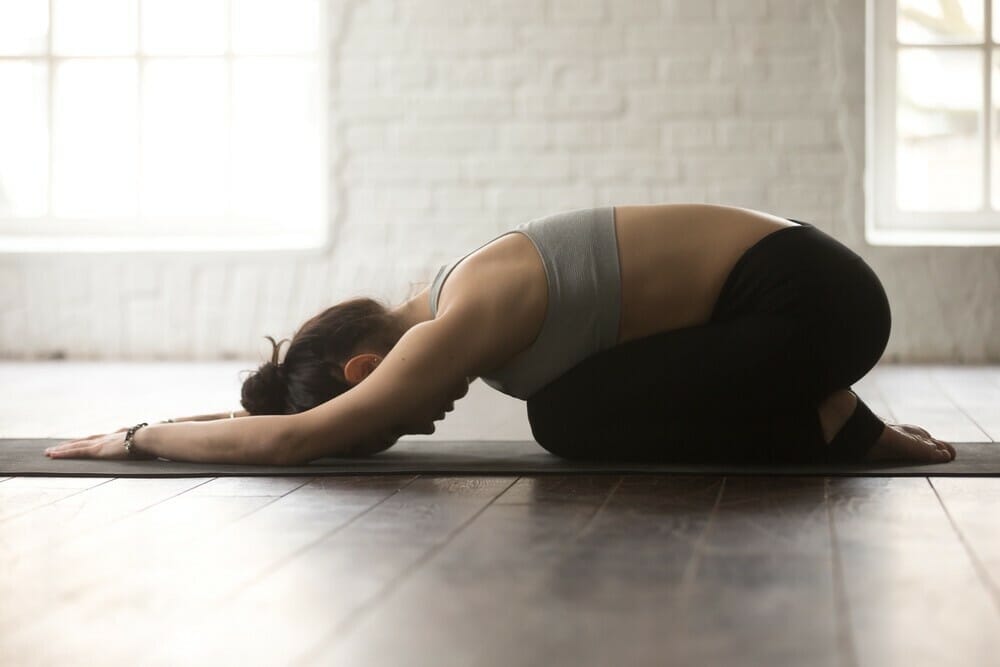
Extend your arms forward and press your hands against the floor. Take slow, deep breaths to relax. You may change it to Puppy Pose by raising your buttocks and stretching your hands even further if you don't like it.
Benefits
It is a terrific shoulder and chest opener that opens up a lot of torso space.
Tadasana (Mountain Pose)
Place your feet together and your arms by your sides. Raise your arms over your head, interlock your fingers, and then turn your palms upward as you inhale.
Place your hands above your head as you exhale. Inhale deeply and raise your arms, shoulders, and chest. Stretch your entire body. Bring your hands to the top of your head as you exhale.
Benefits
It aids in the development of physical and mental equilibrium. In addition, the entire spine is stretched and relaxed, which aids in the stretching and relaxation of the back.
Side Angle Pose 1 & 2 (Konasana 1 & 2)
Inhale deeply and lift your left arm. Exhale, then bend to the right and look up at your left palm. Come up, breathing in. As you exhale, lower your left arm.
Lift your arms aloft and connect your palms, interlacing your fingers to form a steeple posture while you breathe in. Bend to the right while exhaling. Hold. Return to a standing position by inhaling deeply. As you exhale, lower your arms. Repeat on the other side.
Benefits
It stretches the spine, allowing tension and strain to be released.
Trikonasana (Triangle Pose)
Bring your arms parallel to the floor as you stand with your feet apart. Exhale, extend and bend on your right side to move your right hand closer to your right foot. Hold. Breathe in gently, then exhale and relax. Repeat on the other side.
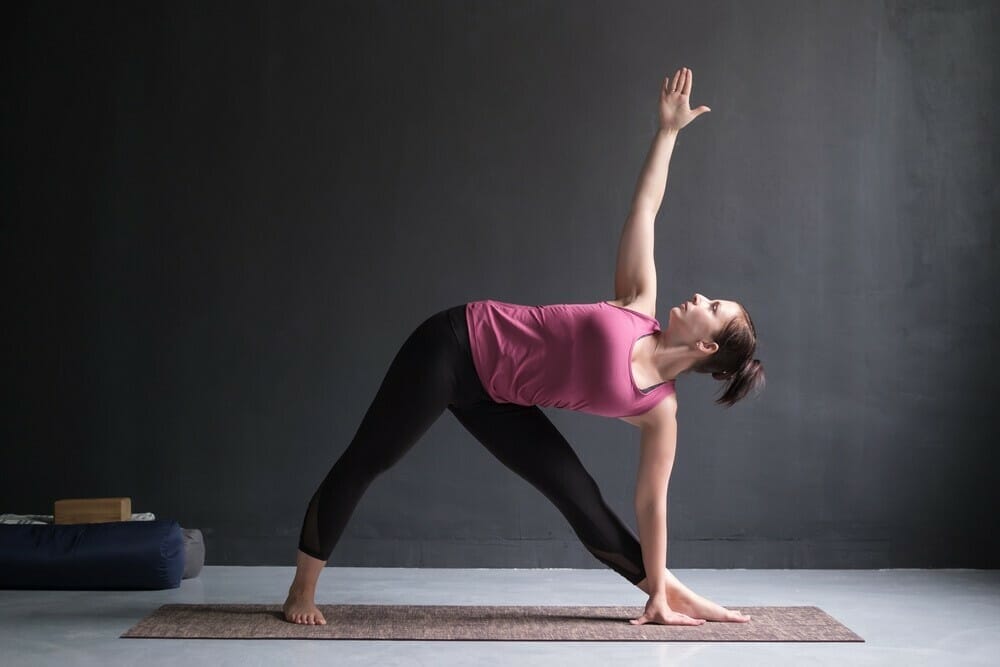
Benefits
It stimulates and increases blood circulation throughout the body, alleviating aches and pains in the back, legs, and throughout the body.
Virabhadrasana (Warrior Pose)
Put your feet 3 to 4 feet apart. Turn your right foot 90 degrees out and your left foot 15 degrees in. Lift your arms to shoulder height while breathing in.
Exhale and gradually bring your right thigh parallel to the ground by bending your right knee and maintaining it in line with your ankle. Turn your head to the right and stare down the length of your right hand.
Benefits
It strengthens the ankles, knees, shoulders, arms, legs, and back, energizes the entire body, and instils bravery and self-confidence.
Utthanasan (Goddess Pose)
Stand with your toes turned out and your feet approximately a meter apart. Both hands’ fingers should be interlocked and hung loosely in front of the torso.

Bend your knees and drop your buttocks gradually. Return to a standing position by straightening your knees. Rep this process 7-10 times more.
Benefits
Muscles in the middle back, uterus, thighs, and ankles are strengthened.
Markatasana (Monkey Twist)
Lie down flat on your back. Place your hands beneath your head, interlocking the fingers of both hands. Bend your knees while maintaining the soles of your feet near the mat’s side edge.
On the right side, drop your knees halfway to the floor while breathing out. Move your head to the left at the exact moment, giving your entire spine a consistent, mild twisting stretch.
Bring your legs and head to the centre while breathing in. Bend your legs to the left and your head to the right and repeat on the opposite side.
Benefits
Constipation is relieved, and digestion is improved—long periods of sitting or standing to create stiffness and tension in the spine.
Vishnuasana (Lying Down on Sides)
On your right side, lie down. Bend your right arm at the elbow and place it on the floor. On the right palm, rest your head.
Place your left arm on the thigh of your left leg. Raise your left leg as high as you can, then slip your left hand towards your left foot and grab your leg wherever your hand reaches—rep on the other side.
Benefits
Stretches the muscles on the sides of the body and relaxes the hamstring, inner thigh, and abdominal muscles, making them more robust and more flexible.
Safety tips While Practicing Yoga in Second Trimester
- According to the Second Trimester Yoga Book, there are some safety tips that one may have to be aware of while practising yoga during pregnancy.
- Take your time with the yoga movements. Make sure your heart rate does not rise over half of what it usually is.
- Avoid exercises that are too demanding. It can raise your body’s oxygen demand while lowering the amount your baby receives.
- Maintain your calm when exercising. An increase in body temperature may harm the infant.
- If yoga activities are becoming too hard for you, walking might be a suitable substitute.
- If you find it hard to focus, try chanting a mantra. It will help you through stressful moments.
- After the second trimester, your belly will get heavier and more challenging to manoeuvre. If this is the case, ask your partner to assist you in these yoga poses by providing support or counterpressure that makes it easier for you.
Bottom Line
Yoga is a relaxing exercise that pregnant women can enjoy. Any woman carrying a baby should practise yoga to help them get ready for childbirth and motherhood.
No matter what, you will have a calmness of mind and body when you exercise regularly. The benefits of yoga encourage women to do something for themselves, which ultimately will benefit the growing baby inside their body.
No matter the case, consult with your doctor first before engaging in any exercise program. They can best advise you on your fitness level and health condition.
Yoga during pregnancy can be difficult but is not impossible. With guidance, you will achieve all of your fitness goals for motherhood and help prepare for birth.

